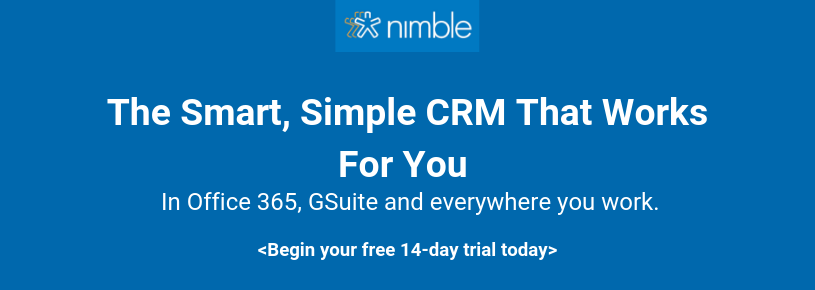Cross-functional team collaboration is applied in increasing frequency nowadays. It can be seen in numerous businesses and branches of industry. When a team is multifunctional, it can solve multiple challenges employing different concepts, technologies, and more.
What is a cross-functional team?
What is a cross-functional team? It’s comprised of people within various professional fields who gather to work on specific projects together. In most cases, such a team collaborates for one project with strict deadlines; it is not supposed to exist longer than the given project. The idea is to get experts in different fields to apply their knowledge, experience, and efforts to the final product.
Cross-functional team examples
The most common example of a cross-functional team is perhaps online games developers (designers, animation artists, scriptwriters, game developers). There can be a cross-functional sales team, which is focused on marketing, customer contacts, and being able to meet the client’s demands in the shortest terms. Another example would be a committee of “supervisors” that manage numerous “doers.” Such a committee optimizes performance, responds quickly to possible issues, and helps the “doers” succeed.
What are the characteristics of cross-functional teams?
The key features of cross-functional teams are decentralization, and the absence of hierarchy, mutual responsibility, and high processing speed of upcoming requests.
What are the benefits of cross-functional teams?
Cross-functional teams enjoy the following advantages:
- Collective decisions rather than continued iterations and lost time
- High creativity and possibility to apply innovations
- Prominent experts joined together for the sake of one purpose
How do you manage cross-functional teams?
As there is no direct management in cross-functional teams, they are influenced indirectly. The optimal recruiting process is vital, and all the team members must have appropriate communication techniques. Respective ways to hold discussions must be settled; all potential conflicts are to be overseen and resolved before they result in missed deadlines.
Cross-functional team roles
Depending on the team members’ individual strength, it is recommended to distribute functional roles. The following personalities help to make a cross-functional team thrive: the “coordinating leader,” the “investigator-critic” (the one who provides useful criticism of all the new ideas), the “innovator,” the”expert-advisor,” the “ambassador” (the one who presents the team’s results ether performs any all the external communications), the “judge” (a person who helps to reach consensus either to resolve the matters of arguments), the “inspector,” the “approver,” the “stake-holder,” and the “doer”.
How to develop cross-functional teams: strategies
The development of a cross-functional team should be based on a couple of strategies:
Assemble the Right Team
It is essential to define what experts are required for a specific project, are they qualified and experienced enough to accomplish a particular task. Even when gathering professionals it must be clear whether they are able to bring fresh perspectives or relevant ideas. Another matter of no little interest is the ability of the chosen person to communicate with other team members.
Establish and Maintain Processes
Basic tips for a successful cross-functional team include planning and tasks distribution for all the team members to understand what they are working on. The situation when one team member deforms the task and starts any activities in the benefit of himself must be avoided. all the new processes should be undertaken only after all team discussion.
Have a Leader
Cross-functional team management is necessary for different experts to work coordination. The leader will be any way responsible for the project altogether. They will generate tasks, delegate them, give assistance in communication within the team, and follow up with the results — all without any intentions to suppress the individual team member’s autonomy.
Clearly Defined Goals
The final objective (and the necessary steps to get there) should be clear to the whole team and for individual members separately. When the task is not formulated, there is a risk of invalid comprehension by team members; therefore they will not get the desired results.
Organize Regular Team Building Activities
A cross-functional team is typically comprised of those who never had a chance to work together before. It is crucial to plan and arrange team-building events to break down any siloes or power dynamics. Surprisingly, spending an evening in a bar with your teammates can generate more useful ideas than while attending an official business meeting.
Shared Success
The success of a project is the team’s success. It is essential to emphasize that each team member is a stake-holder in the project itself. Each and every person contributed, and their efforts should be acknowledged equally.

Communication
Communication and information exchange must take place continuously and using all available avenues. Communication within a team should be trust-based for each member, as trust is an indispensable motivation to facilitate communication.
Constantly Reevaluate
Through all the work stages the team should screen and assess the current results. Depending on such regular checks outcome team members can reappraise their strategies and personal tasks in accordance to current processes and so forth.
Integrative decision-making
The decisions are made by all team members. It is important for each to have some independence in making decisions in his working sector but he should keep everybody else advised of their personal findings and solutions.
Successful cross-functional team management
The main cross-functional teams “best practice” involves easing up on direct team supervision. In such circumstances, the team leader must coordinate all the team’s activities, give assistance if necessary, involve every teammate in the planning process, supervise the day-to-day processes, and to keep the team on track. Such non-directive management results in maximal effectiveness.
How to support cross-functional team collaboration
Developing cross-functional teams calls for continuous interaction between team members. It is pivotal to use all available instruments to create a unified relationship manager for all participants for internal and external communications. Communication should take place with minimal leadership interference.
Enter Nimble.
Nimble is a simple, smart CRM that works for you in Office 365, G Suite, and everywhere else you work. It automatically combines your contacts, communication histories, email inboxes, and calendar appointments. It also integrates with social media and with over 160 SaaS applications. It’s perfect for teams cross-functional teams collaborating remotely or for growing business teams.
Conclusion
Working with cross-functional teams allows for the creation of novel and creative solutions for various projects that solve a wide range of issues, and to manage customers needs at a larger scale. Cross-functional teams are more effective in the majority of cases in comparison to many-tentacled divisions of the company.


